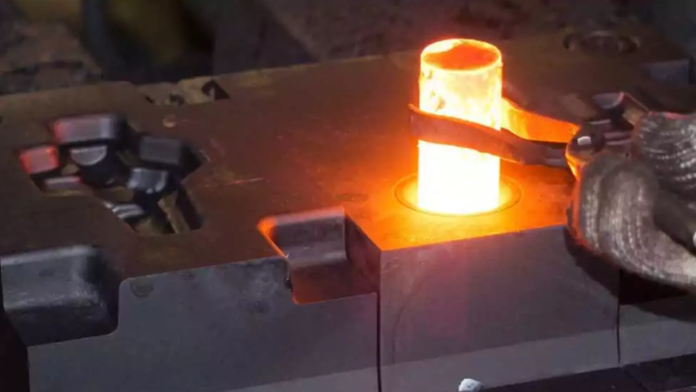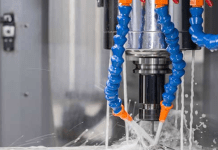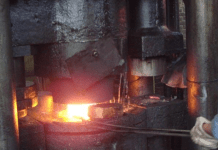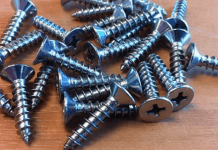The realm of forging automobile parts lies at the heart of automotive perfection, where invention meets strength. Forging emerges as the unrivaled method for forming the backbone of vehicles in the delicate dance of heat, pressure, and expertise. Each forged component, from the strong base of crankshafts to the exquisite complexity of steering knuckles, is a symphony of strength and precision.
Forging, as a cornerstone in the domain of automotive manufacture, provides unrivaled durability, ensuring automobile parts endure the road’s harsh demands. This primer allows you to delve into the complicated world of forging car parts, where each painstakingly moulded component contributes to the performance, safety, and dependability of automobiles on the road. Welcome to the cutting-edge of automobile engineering and to the precision of forging car parts.
The Unrivaled Merits of Forging as the Pinnacle Forming Method for Car Parts
The selection of manufacturing techniques has a considerable impact on the performance, durability, and safety of automobiles in the ever-changing automotive industry. Forging emerges as the unrivaled champion for shaping crucial automobile components among various processes. This article goes into the underlying reasons why forging is the best forming method for automobile parts.
Strength and Durability
Forging is synonymous with toughness. Forging refines the internal structure of metals by applying regulated heat and pressure, resulting in components with higher mechanical qualities. In the automobile industry, where dependability and longevity are essential, forged car parts demonstrate excellent strength, allowing them to survive the hard demands of daily driving as well as various environmental conditions.
Precision Engineering
Precision is essential in the automotive sector, and forging stands out for its ability to produce components with precise tolerances. Manufacturers can create sophisticated forms and dimensions using open-die or closed-die forging methods, guaranteeing that each forged automotive part fits the precise criteria of the vehicle’s design. This precision benefits not just the functionality of the part but also the overall performance of the vehicle.
Fine Grain Structure
The forging process gives the metal a fine grain structure, which improves its mechanical qualities. This small grain structure improves fatigue resistance and impact toughness, both of which are crucial for automobile components subjected to persistent stress and dynamic loads. Because of their finer microstructure, forged automotive parts provide greater longevity and dependability on the road.
Tailored Material Properties
Material characteristics can be changed by forging them to fulfill specific requirements. Whether it’s a crankshaft that needs great tensile strength or a suspension component that needs ideal elasticity, the forging process allows producers to customize material properties to the job. This adaptability means that each forged car part is designed for its specific function.
Weight Reduction without Compromising Strength
Weight reduction is a crucial concern in modern vehicle design in the pursuit of fuel efficiency and increased performance. By manufacturing lightweight components without sacrificing strength, forging excels at maintaining this careful balance. Forged aluminum and steel alloys provide the necessary strength-to-weight ratio to improve fuel economy and overall vehicle efficiency.
Consistency and Reproducibility
Forging methods’ inherent precision and reproducibility contribute to the consistent manufacturing of high-quality components. This uniformity is critical for automakers, as it ensures that each car part meets tight specifications and quality standards. The ability to repeat components with minimal variation strengthens forging’s reputation as a dependable and predictable forming technology. Provide
Enhanced Grain Flow
The directional alignment of the grain movement within the metal is one of the distinctive benefits of forging. This regulated grain flow pattern improves mechanical qualities such as strength and fracture resistance. Forged automobile parts benefit from improved grain flow, delivering structural stability that is difficult to match with alternative forming methods.
Cost-Effectiveness over the Lifecycle
While forging may have higher beginning expenses than other processes, its long-term cost-effectiveness is apparent. Forged automobile parts’ durability and extended lifespan translate into lower maintenance, downtime, and replacement costs. Automotive manufacturers discover that the initial investment in forging returns dividends throughout the vehicle’s lifecycle.
Sum Up
Forging is the gold standard for creating important car components in the automotive industry, where performance, safety, and efficiency are paramount. Forging’s intrinsic capabilities position it as the most appropriate method for crafting the future of automotive excellence. As technology advances, forging remains not only a time-tested procedure but also a dynamic force powering the automobile industry to unparalleled heights of reliability and creativity.














